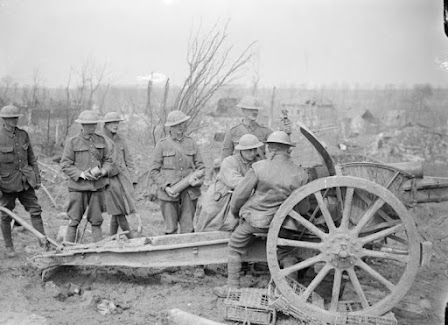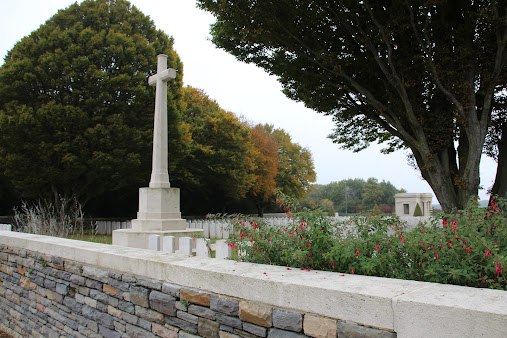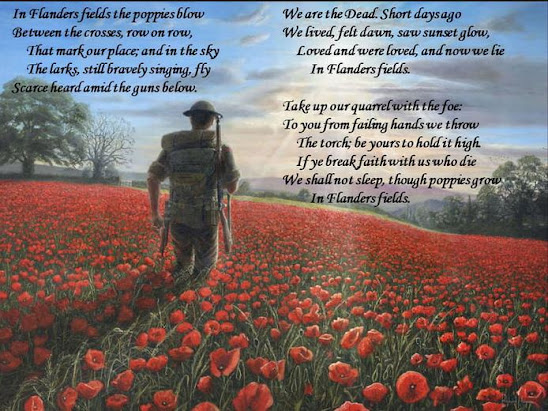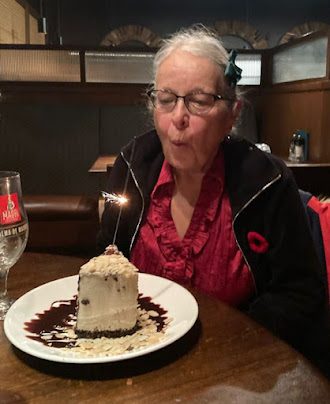#77 REMEMBERING PRIVATE JAMES CANTLON
JAMES CANTLON
The World Remembers is about remembrance, education and international understanding. The 1914-1918 war was fought on a scale never before imagined and it changed the course of history. Twenty-two million military personnel were wounded and more than nine million killed; it is estimated that seven million civilians died. The conflict involved more than forty nations from every continent. Empires were destroyed, borders redrawn. The Great War changed attitudes about the conduct of war itself and accelerated both democratic and revolutionary upheavals. Today, live artillery shells still surface in Belgium and France, and they still kill.
For over a
century, the men and women who served and died have been collectively
acknowledged, but in 2018, the centenary year, The World Remembers
project wanted to acknowledge them individually and name-by-name and
nation-by-nation. The World Remembers project set out to assemble the
world’s first memorial for the name of every person, from every nation, killed in the 1914-1918 war. “Seeing all
those names is to appreciate that behind every one of them is a life and a story.
We must never lose sight of the fact that history is not the history of nations
or ideologies, but of people”-Jonathan Vance, Historian. Close to 4 million names from more than 20
participating nations—from both sides of the conflict-- currently appear on the
revolving display. All who died deserve to be individually remembered. Memory
is part of what makes us human. (from the website theworldremembers.org)
There are more than 68,000 Canadian individually noted on this digital memorial. The name of cousin James Cantlon appears on this digital memorial screen.
James was
born on April April 19, 1896, on the family farm in Egremont Township
near Mount Forest. His parents were Thomas Cantlon and Catherine Sullivan and
he was the middle of five siblings. Sometime after 1911, James moved to
Weyburn, Saskatchewan and worked as a teamster driving oxen or horse-drawn
wagons. In 1900, a typical teamster worked 12-18 hours a day, seven days a week
for an average of $2 a day. James was also a volunteer of the Weyburn Fire
Brigade.
On March 14 1916, James, age 19, went to Winnipeg and enlisted in the 179th Battalion (Cameron Highlanders of Canada) CEF. That October, the 179th embarked for England aboard the RMS Saxonia.
RMS Saxonia carrying Canadian troops to Europe
In England, the 179th was absorbed into the 17th Reserve Battalion, whose role was to provide reinforcements for the Canadian Corps in the field. In November 1916, James was sent to France to join the 43rd Battalion.
Battle of Arras April 1917
Private James Cantlon, aged 20, was killed in action on April 16 1917, about a week after the main assault on Vimy Ridge, somewhere in the vicinity of Avion and Mericourt.
Files show that James' name was initially to be listed on the Vimy Memorial which lists over 11,000 Canadians who lost their lives in France and
have no known grave. But then in July 27, 1928, his body was identified. It
seems that after his death, he had been moved around. He was first buried in
the small Annapolis Military Cemetery; when this cemetery was shelled, some of
the bodies were lost, but the rest were exhumed and moved to LaChaudiere
Cemetery. In 1928, his body was again
exhumed to be moved to the Arras Road Cemetery; this is when James was identified
because there was a badge of the Weyburn Fire Department in his pocket. Without
this badge, his remains would not have been identified and his name would have
been on the Vimy Memorial. Nonetheless,
his gravestone is marker as “Believed to be”.
Arras Road Military Cemetery, France
James name
is on the Arthur Cenotaph, and on page 213 of Canada’s First World War Book of
Remembrance.
Arthur Ontario War Memorial



























Comments
Post a Comment